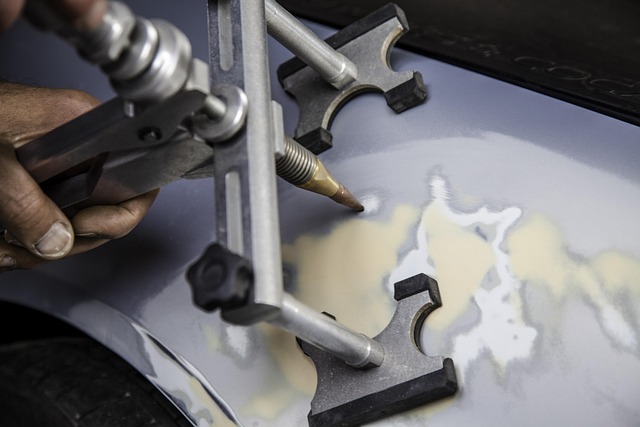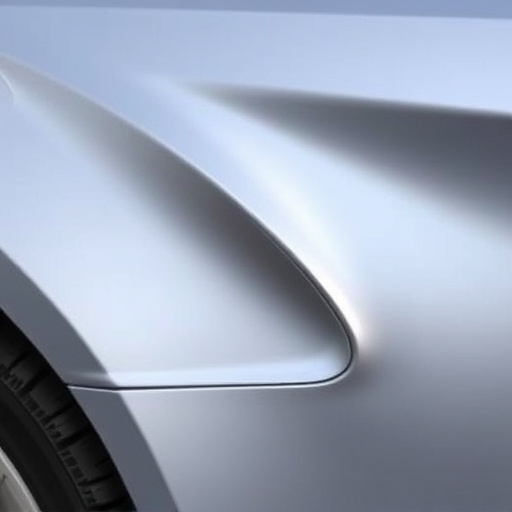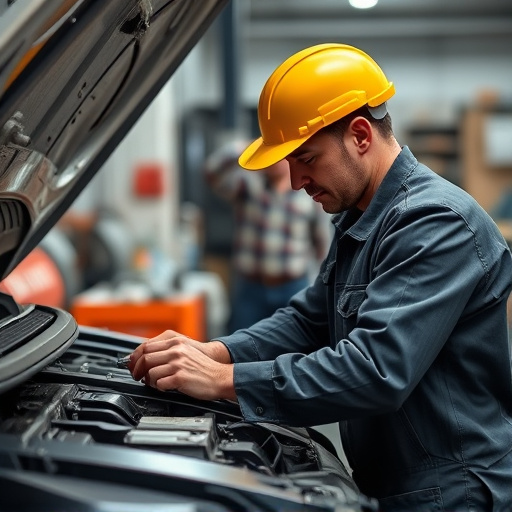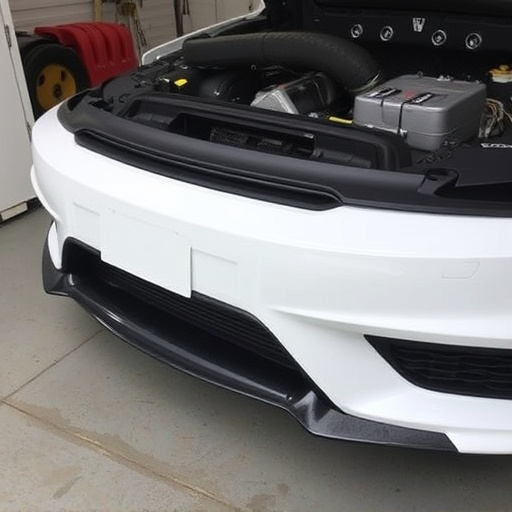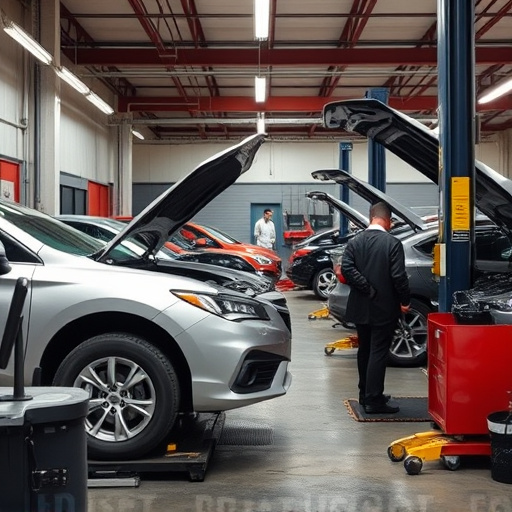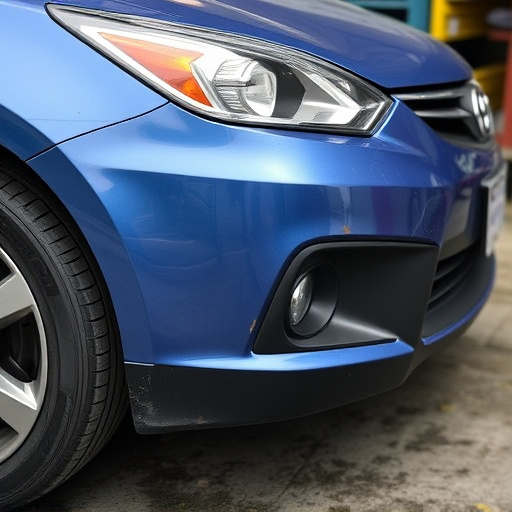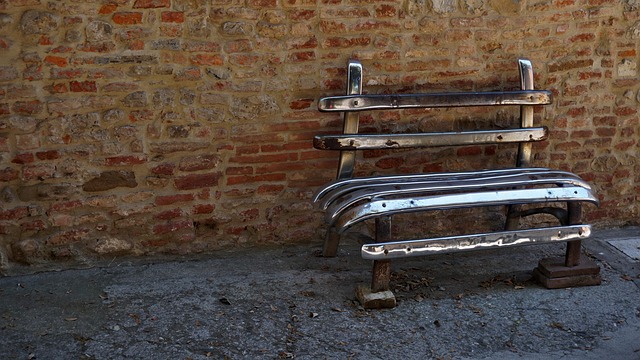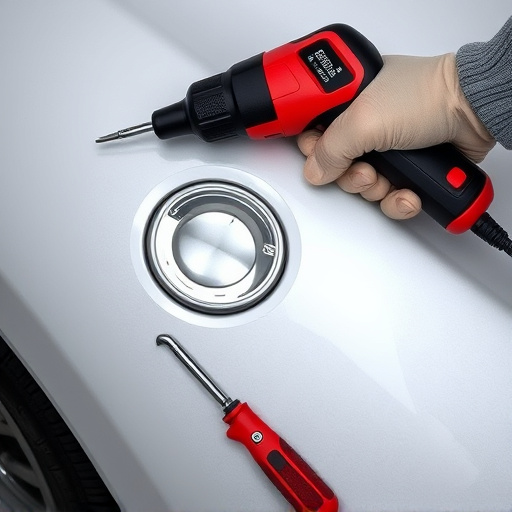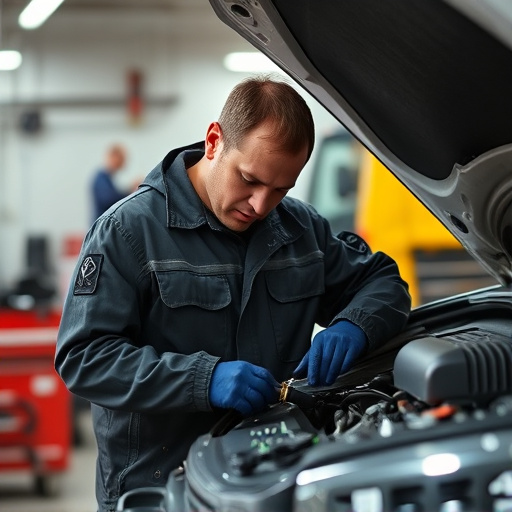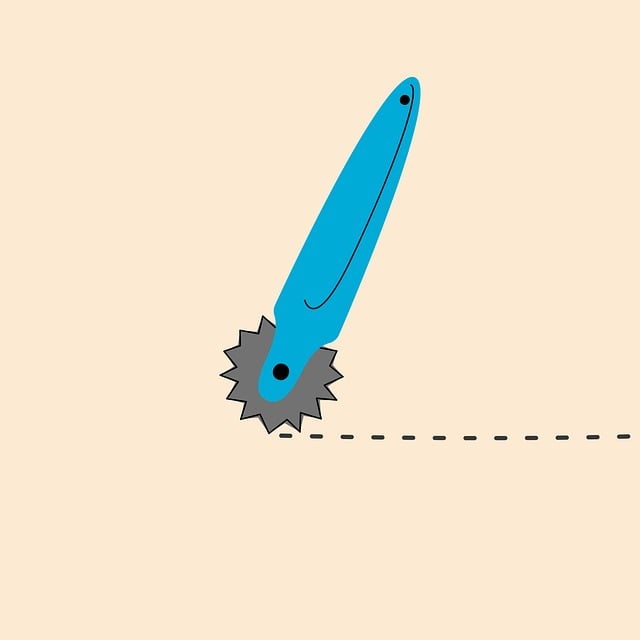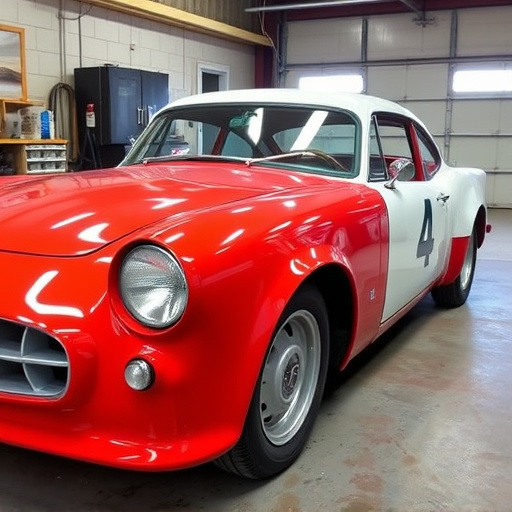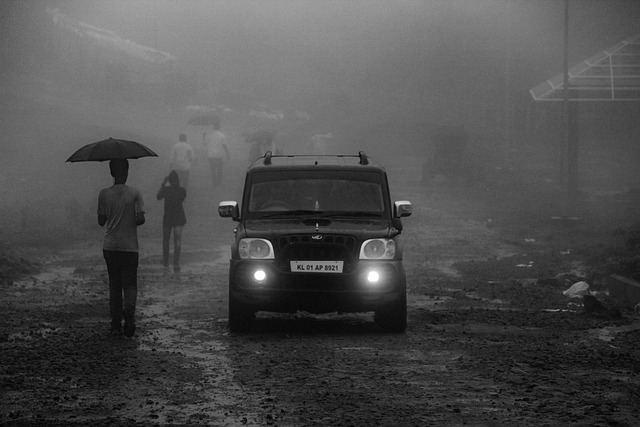After a car accident, thoroughly inspect driveshaft for damage as severe crashes can cause structural issues affecting performance and safety. Neglecting driveshaft collision repair can lead to further complications, requiring extensive services including paint and additional repairs. Choose a reputable service with specialized expertise for reliable safety and performance post-accident.
After a car accident, knowing when to replace your driveshaft is crucial for safety. This guide breaks down the process of assessing driveshaft damage and determining if replacement is necessary. We’ll explore key signs that signal a need for driveshaft collision repair, while emphasizing choosing the right repair method for optimal vehicle performance and safety. By understanding these aspects, you’ll be better equipped to make informed decisions following an accident.
- Assessing Driveshaft Damage After an Accident
- When Replacement is Necessary: Signs and Symptoms
- Choosing the Right Repair Method for Optimal Safety
Assessing Driveshaft Damage After an Accident
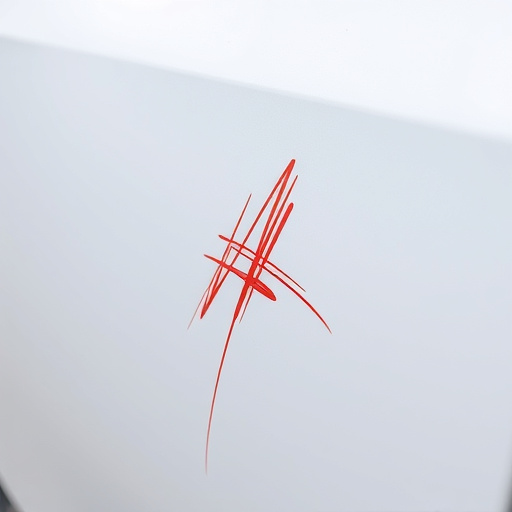
After a car accident, assessing driveshaft damage is crucial for safety and effective driveshaft collision repair. The driveshaft connects your vehicle’s engine to the transmission, so any damage can impact both performance and handling. Visually inspect the driveshaft for signs of cracking, bending, or other structural issues. Also, check for any leaks from bearings or seals. If the driveshaft appears severely damaged, it should be replaced as soon as possible by a reputable vehicle body shop or auto collision center to ensure safe operation.
Many collisions cause internal damage that might not be immediately apparent. If you’re unsure about the extent of driveshaft damage, it’s best to consult collision repair services. They have the expertise and tools needed to diagnose and address any hidden issues. Remember, neglecting driveshaft collision repair can lead to further complications, including reduced fuel efficiency, increased wear on other components, and even safety hazards while driving.
When Replacement is Necessary: Signs and Symptoms
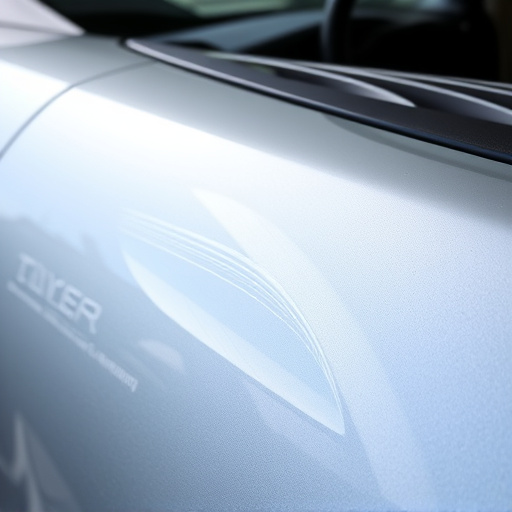
After a car accident, determining if your driveshaft needs replacement is crucial for safe and reliable vehicle operation. While minor collisions might only cause cosmetic damages or issues with other components, more severe accidents can lead to significant structural damage, affecting the entire drivetrain, including the driveshaft. Signs and symptoms of a damaged driveshaft include unusual noises like grinding or whining during acceleration or turning, vibration felt in the steering wheel or floor, or a noticeable loss in engine power and performance.
In the case of a severe crash, especially involving high speeds or significant force, the driveshaft may be bent, broken, or separated from the transmission entirely. Additionally, if your vehicle exhibits any signs of uneven tire wear, difficulty changing gears, or sudden changes in handling, these could indicate a driveshaft issue that requires professional attention. Mercedes Benz collision repair experts recommend getting a thorough inspection after an accident to prevent further damage and ensure safe driving conditions. Remember, neglecting a damaged driveshaft can lead to more serious problems, requiring not just driveshaft collision repair but also potentially costly car paint services and extensive collision damage repair down the line.
Choosing the Right Repair Method for Optimal Safety
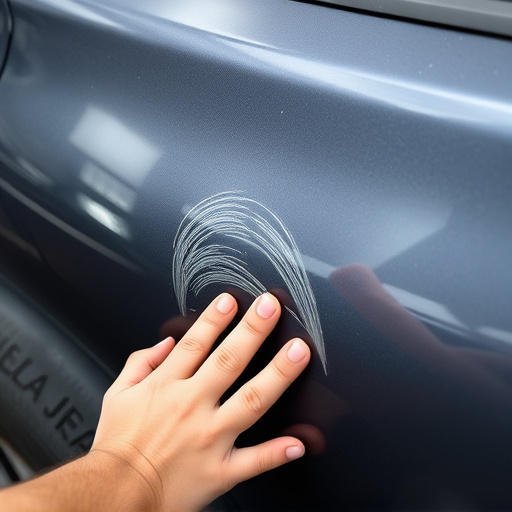
When deciding on driveshaft collision repair after a car accident, choosing the right repair method is crucial for optimal safety. It’s not just about fixing the visible damage; the integrity of the entire drivetrain must be assessed. For severe crashes, replacement might be necessary to ensure the safety and performance of your vehicle moving forward.
Modern cars are complex machines, and driveshafts play a vital role in transmitting power from the engine to the wheels. Improperly repaired or replaced driveshafts can lead to catastrophic failures down the line. Therefore, it’s essential to consult with reputable car repair services that offer specialized driveshaft collision repair. They will have the tools and expertise to accurately diagnose the extent of damage, whether it involves simple adjustments or complete vehicle paint repair and replacement parts for a like-new finish, alongside expert car dent repair if needed.
In conclusion, understanding when to replace a driveshaft after a car accident is crucial for both safety and optimal vehicle performance. By assessing driveshaft damage thoroughly, recognizing signs that necessitate replacement, and selecting the right repair method, you can ensure your vehicle’s reliability and peace of mind on the road. Remember, prompt action in driveshaft collision repair is key to mitigating potential risks and getting your vehicle back in top condition.
